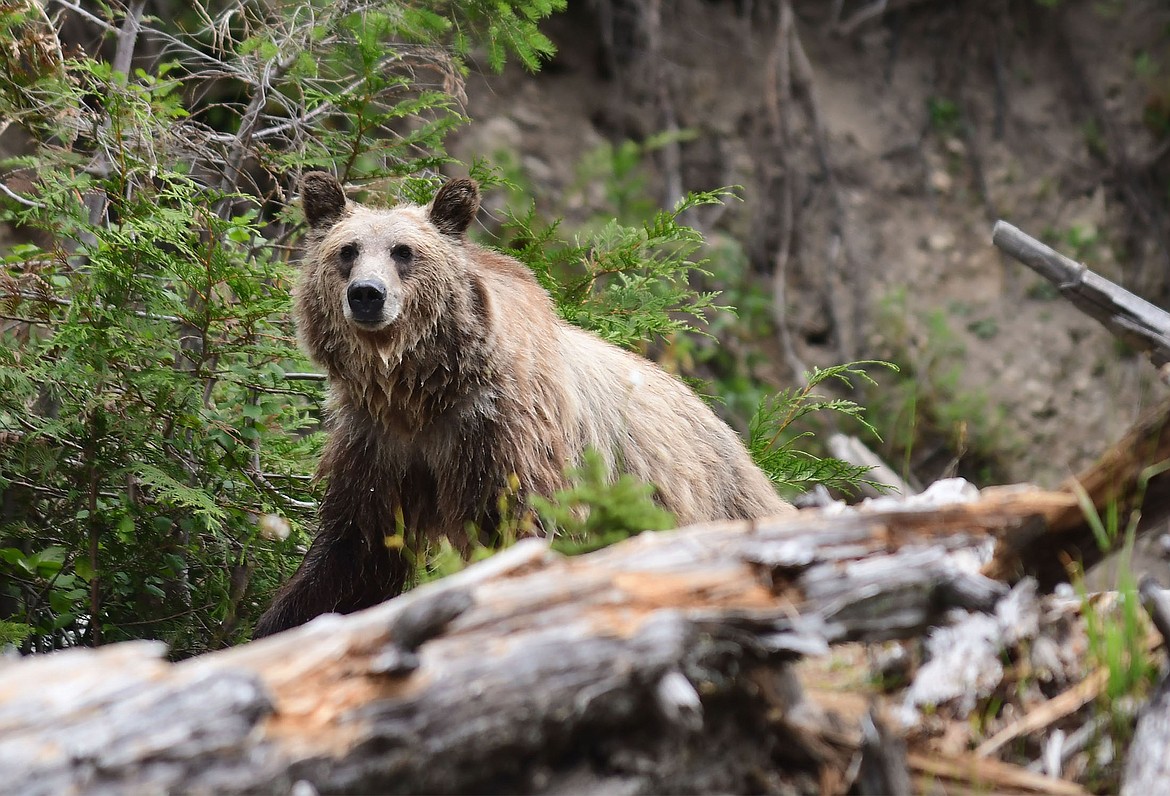Suit claims 2018 Forest Plan violates Endangered Species Act
Four environmental groups filed suit in federal court Aug. 5 against the Forest Service, the Department of Interior and the Montana Logging Association challenging the 2018 Flathead National Forest plan.
The suit was not unexpected. The groups, WildEarth Guardians, Western Watersheds Project, Swan View Coalition, and Friends of the Wild Swan have maintained the that the Forest Plan, which was crafted over the course of several years, was, in essence, illegally handling the way the Forest would manage roads into the future.
At the heart of the case, the plaintiffs maintain, is the new plan disregards road closure standards that were set in the previous plan.
The old plan had a key amendment added in 1995 — Amendment 19 — that dictated road density in grizzly bear habitat.
As a result, the Forest “decommissioned” about 730 miles of roads across the Flathead National Forest. But the plaintiffs claim that the goals of Amendment 19 were never fully realized — that the Forest still needs to remove an additional 518 miles to meet the standards.
But Forest didn’t do that. Instead, the new plan set road density standards to 2011 levels — the density roads were at when grizzly bears were considered biologically recovered by the U.S. Fish and Wildlife Service.
The Service, in its biological opinion of the 2018 plan, signed off on the new road standards as being adequate to protect grizzly bears. It’s not that bears don’t cross roads, or even use them. It’s that the human traffic displaces females and open roads have also resulted in conflicts with people who use the roads, the plaintiffs claim.
“Displacement occurs because grizzly bears form ‘negative associations with roads arising from the fear of vehicles, vehicle noise, and other human-related activities around roads,’ as well as ‘from human scent along roads and hunting and shooting along or from roads,’” the plaintiffs claim, citing the Fish and Wildlife Service’s own studies.
One aspect of the new standard is a road can be considered decommissioned if it is made impassable at the entrance, but basically remains intact after that. But the plaintiffs point to the Forest Service’s own studies that showed that “decommissioned” roads in the Swan Valley had many instances where motorized vehicles simply went around the barriers and then went on their way.
The suit also claims that roads are bad for bull trout recovery and for Canada lynx.
As far as bull trout are concerned, the roads cause siltation into spawning streams, the plaintiffs claim.
The case for lynx is similar to the case for grizzlies — the plaintiffs claim that motorized use is also detrimental to that species as well, particularly in winter.
As such, the suit claims the 2018 plan, and its biological opinions, violate the Endangered Species Act.
“The Fish and Wildlife Service did not rationally explain how it reached a no jeopardy determination for grizzly bears, despite abandoning Amendment 19,” the suit claims.
The suit also claims the Forest violated the National Environmental Policy Act as well as the Travel Management Rule.
The Forest Service declined to comment specifically on the suit, however spokeswoman Lauren Alley pointed to the Forest’s previous responses to issues like Amendment 19 when it crafted the new road standards.
It noted, for example, that several population studies have shown that grizzly bear populations are on the increase, not decrease, and bears are expanding their range.
It also noted that most grizzly bear conflicts with humans in the Swan Valley, for instance, were actually on private lands, not public.
The Forest Service also claims that Amendment 19 does not say that roads must be “decommissioned” only “reclaimed” so its closures were appropriately done to begin with.

